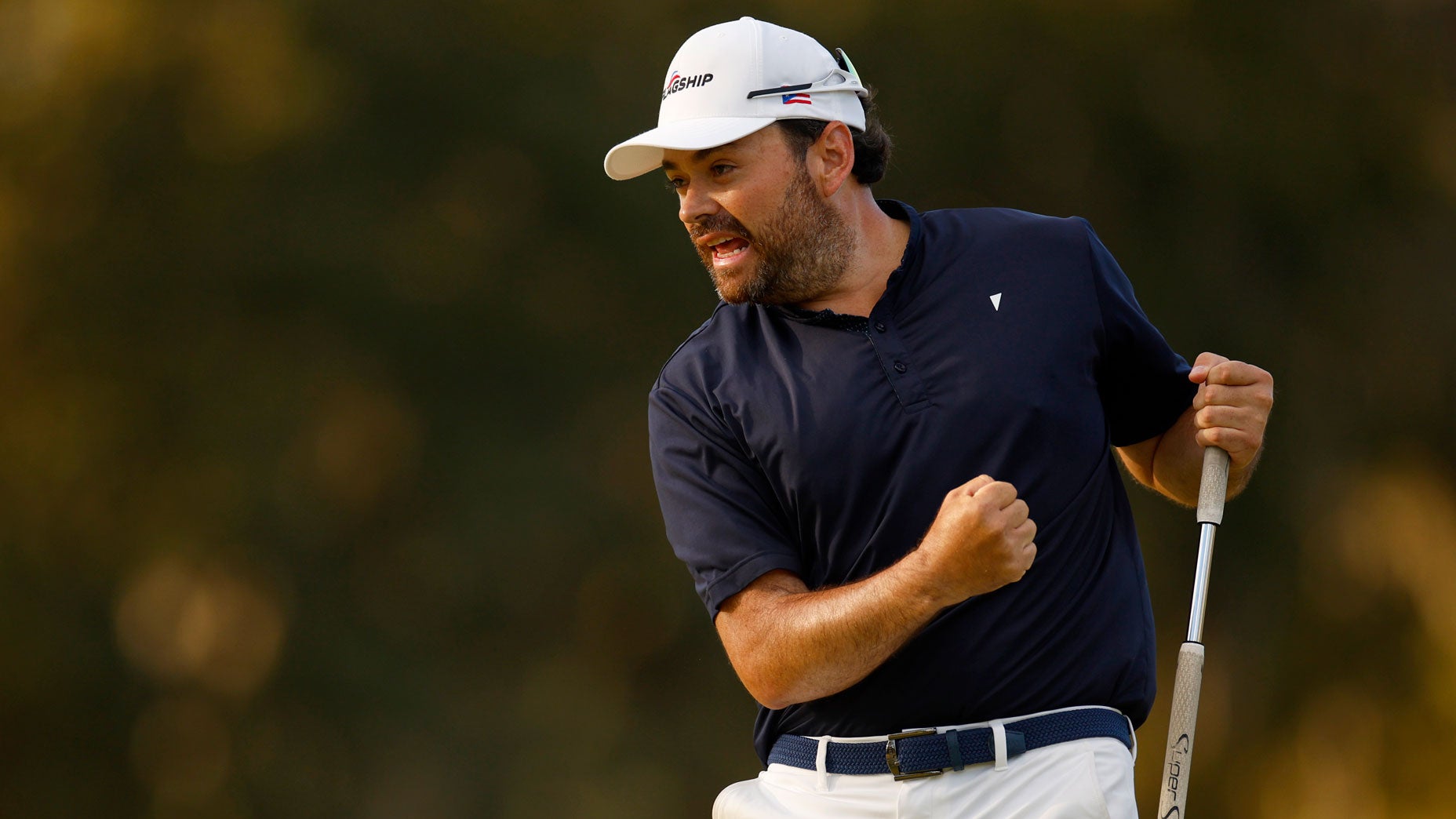Shinnecock Hills, site of this week’s U.S. Open, should already be on your radar. Two months of pre-U.S. Open hype have everyone talking about the Southampton, N.Y. course and what it will mean for the best players in the world.
For those new to the Shinnecock scene, here’s everything you need to know about the course, from its location to its storied history as a host for USGA events.
Location: Southampton, N.Y. (approximately 90 miles east of New York City on Long Island)
Membership: Private, course originally designed by William Flynn.
History: Shinnecock Hills was founded in 1891 as one of the five founding clubs of the USGA. That made it a prime location to host the second U.S. Open in 1896 as well as the U.S. Amateur. It was perfect timing, then, that the course expanded to 18 holes one year prior, in 1895.
Shinnecock Hills hosted the U.S. Open again in 1986 (won by Ray Floyd), in 1995 (won by Corey Pavin) and in 2004 (won by Retief Goosen). Jeff Ritter interviewed all three of those former winners about what it takes to win at Shinnecock Hills. It is the only course to host the U.S. Open in three different centuries.
Future: Beyond this week, Shinnecock is set to host the U.S. Open again in 2026, like many of the country’s classic courses (Oakmont, Pebble Beach, Pinehurst, etc.).

Fast facts:
-The clubhouse, designed by Stanford White, is said to be the oldest clubhouse in America. It is quaint in size, but will be the VIP viewing area for the Open.
-Each time the USGA visits Shinnecock Hills for the U.S. Open, it has leaned on a relationship with the local Shinnecock Indian tribe. As of a month ago, negotiations between the two were reportedly rough, but that has reportedly since been quelled. In past years, the tribe benefitted from the even financially by offering territory near the course for various reasons, like event parking.
-Fairway width is a hot-topic at Shinnecock. Between the 2004 U.S. Open and this one, the course’s fairways were restored, adding fairway width in many areas. The USGA has since narrowed many fairways from that restoration, but they should nonetheless be considerably wider than in 2004. The USGA has announced the fairway average width should measure approximately 41 yards. For whatever that may be worth, look no further than Bubba Watson’s caddie Ted Scott.
Today was my first walk ever around Shinnecock Hills. I will say this with confidence. Long hitters will have the advantage and one of em will hoist the trophy
— ted scott (@jtedscott) June 10, 2018






